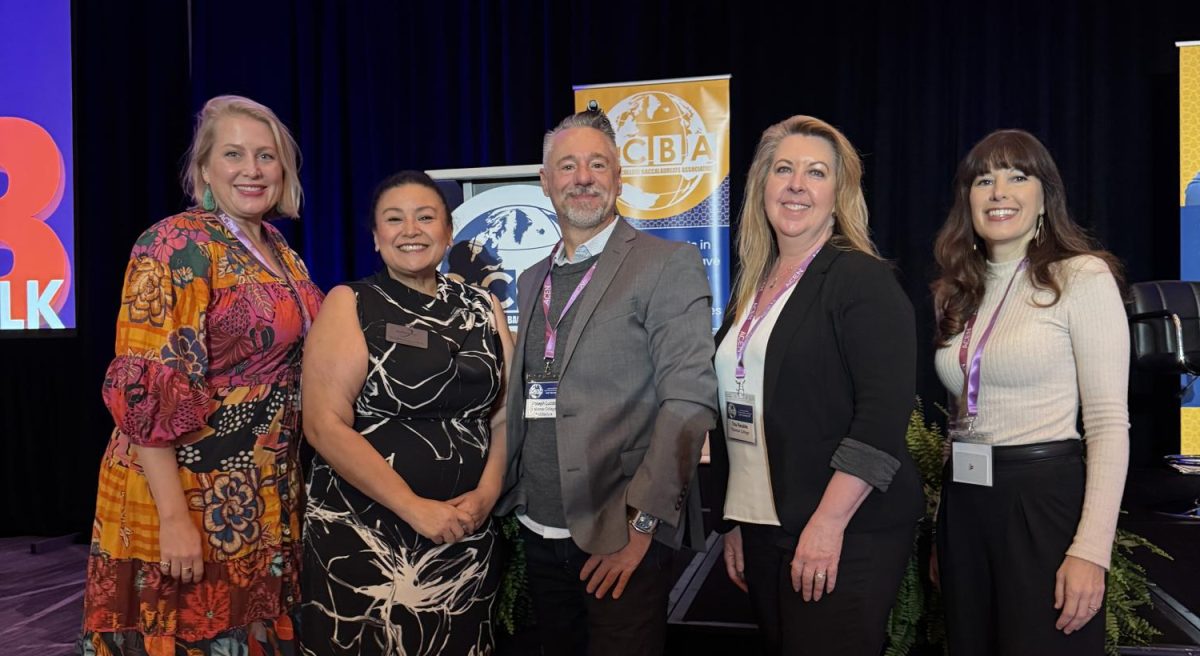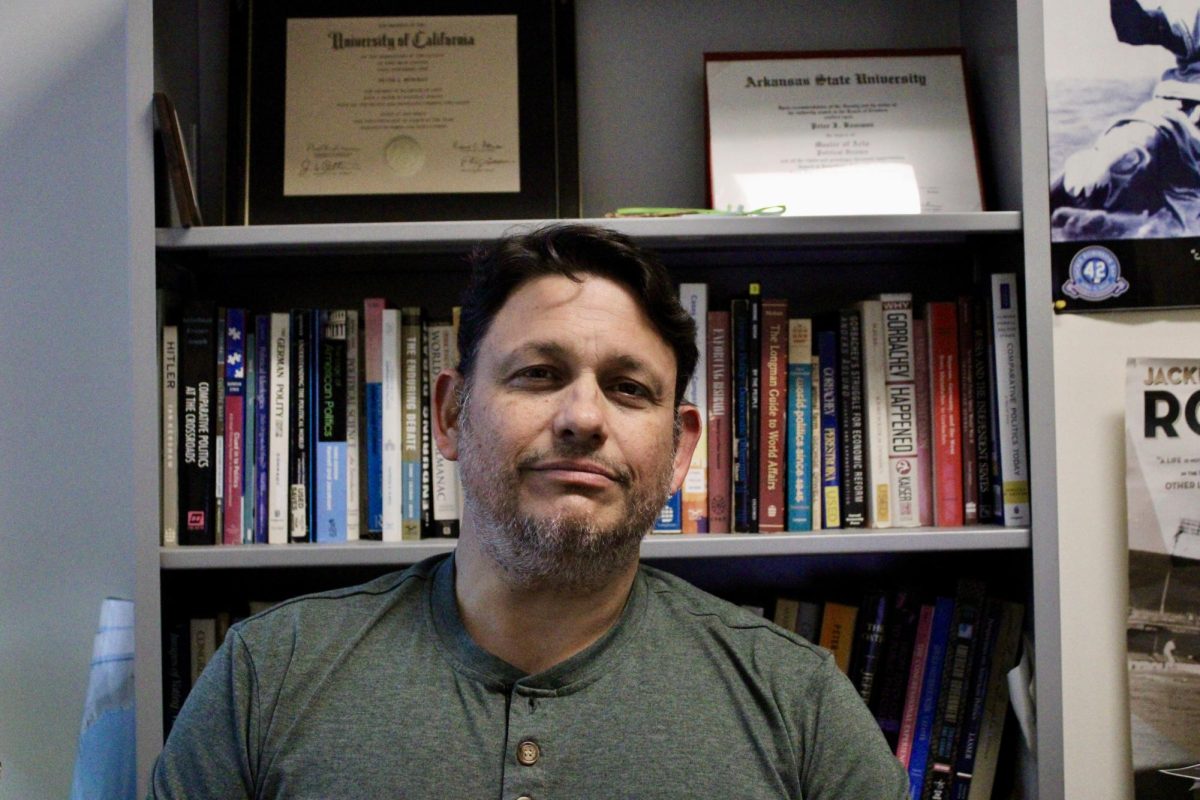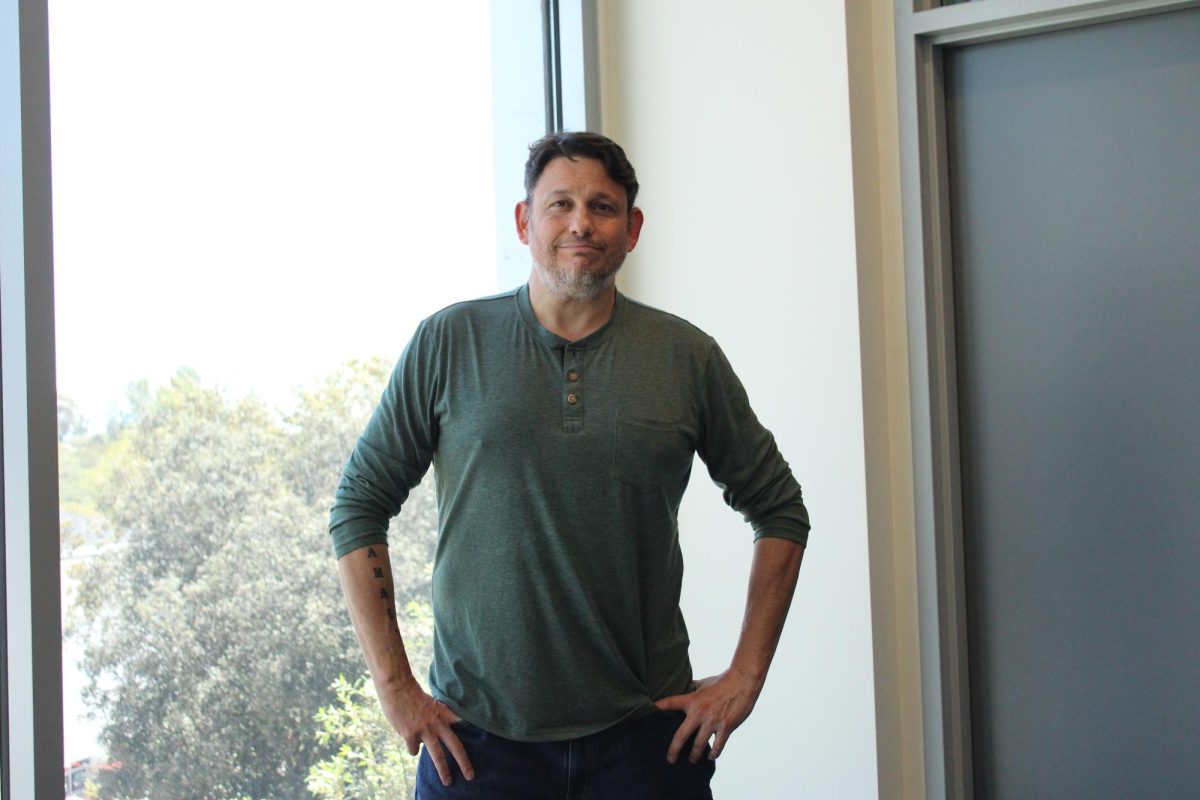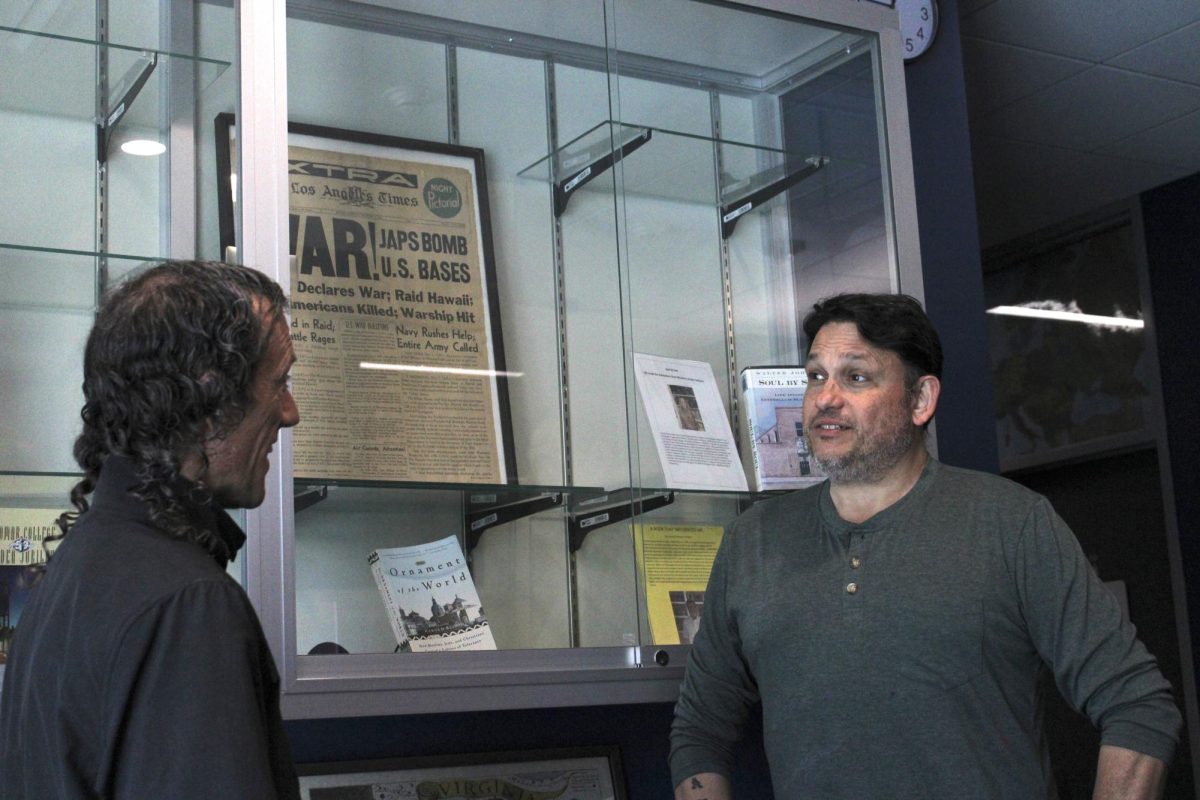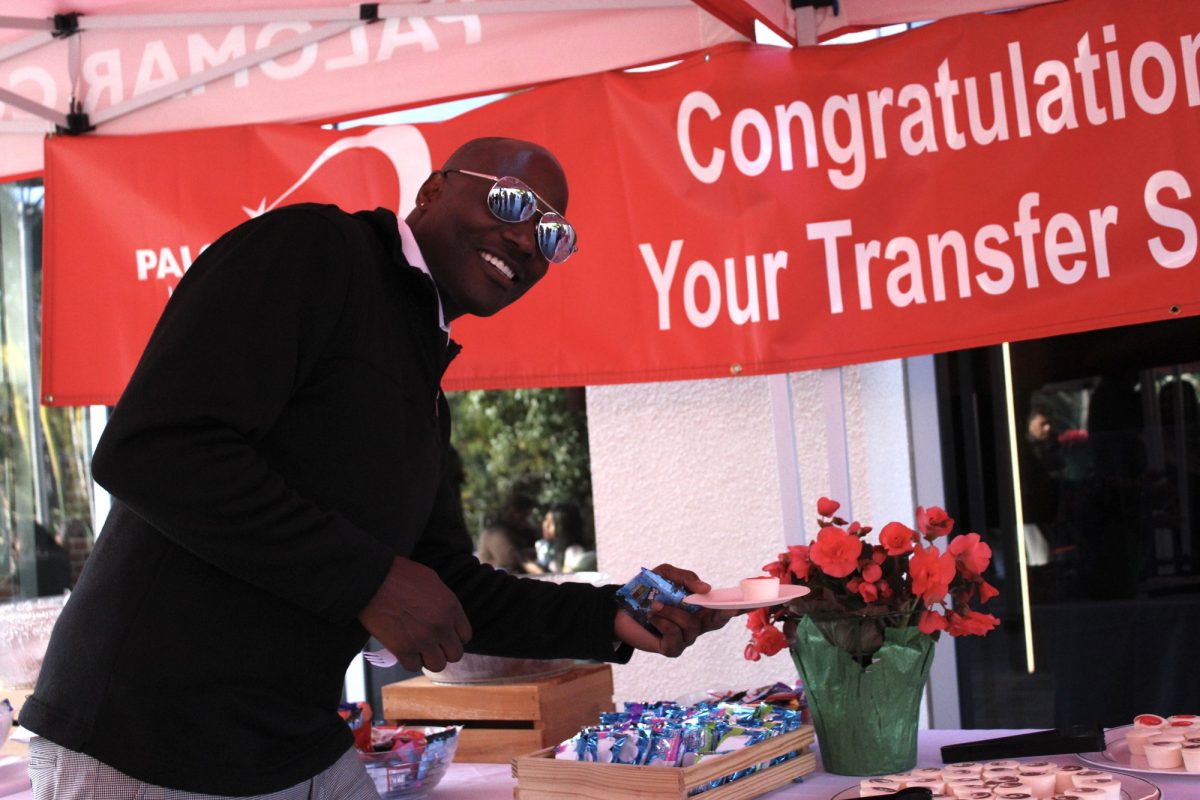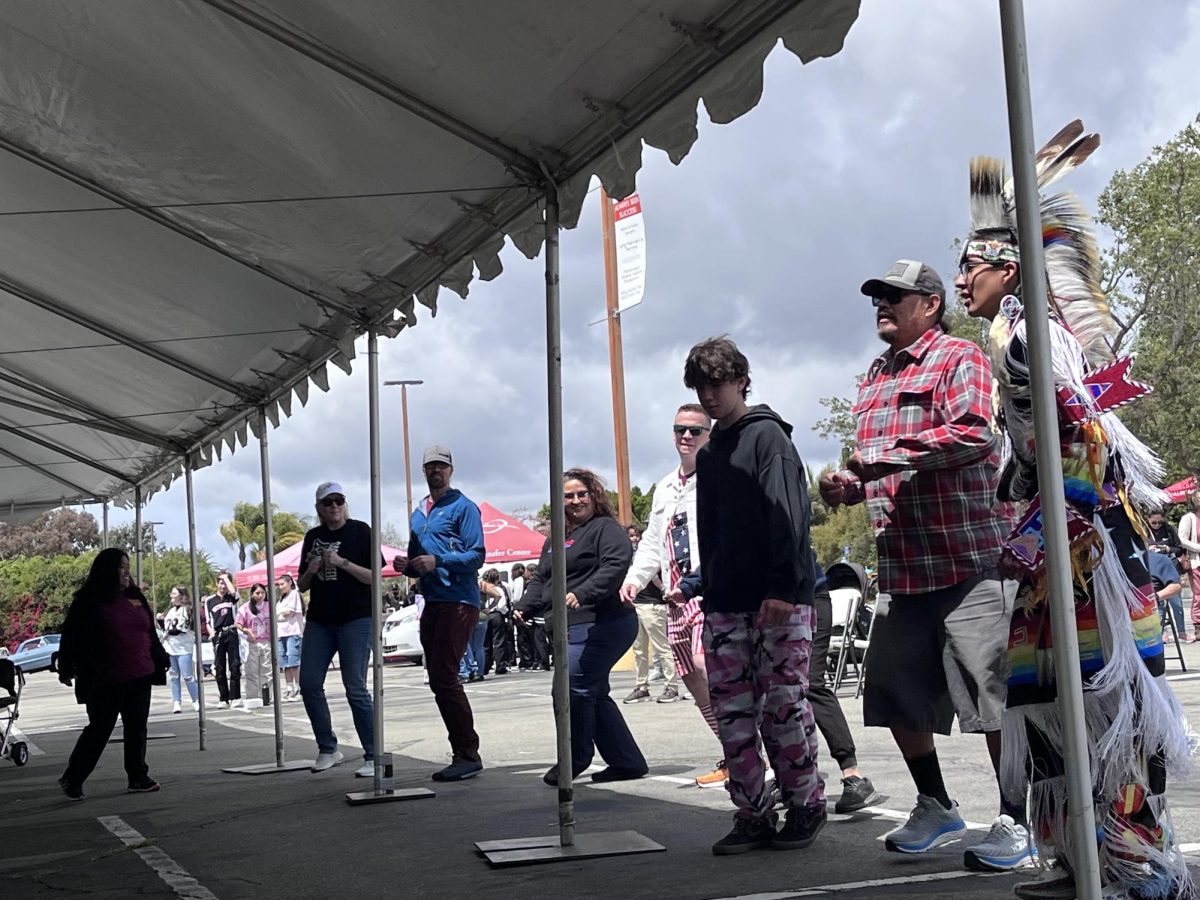Karen Mifflin is a math professor at Palomar college and a member of the Facilities Review Committee. They meet twice a month to go over routine updates regarding the construction progress. Mifflin has been teaching at Palomar for over 20 years and has seen a lot of changes happen on campus.
“Funds are set aside to redo the pathways through the official arboretum, and there’s a succulent garden that’s quite extensive. A non-profit foundation kept that up and grew it for 50 years. A lot of their people got older and older and deeded all of the plants to the school,” said Mifflin. “The money that was designated for the revamping of the trails through the arboretum is from Hunter Industries who does landscaping, they donated $500 thousand to do that.”
She has a lot of insight about how money comes to the school and where it goes. “Just within this year, the whole school has been designated as an arboretum because of our groundskeeper. The landscaping being designed for the new library building is going to be phenomenal,” said Mifflin.
The construction happening all around campus includes a new library, which is the construction site located across from the P buildings. She says that money for major construction is funded through bonds, donations, and the state.
“The M-D building was built by the state. The state gives funds based on a hierarchy of how many students you have, what the need is, how many offices and classrooms you have – and if they deem that you have too many, they won’t give funds to build more buildings,” said Mifflin.
The state helping to fund the revitalizing progress at Palomar can be hard to rely on. Funds can be pulled at the last minute, making it an unreliable source of income.
An alternative to creating money for campus transformation is through purchasing bonds. Prop M is one example of how the campus updates are being funded, and is strictly for the Palomar College District’s use.
Mifflin’s Facilities Committee propositioned the bond, a process they started in 2005 that eventually made its way to the ballot in 2008. The community voted in favor of it and the $694 million dollar bond was paid for by property taxes from people who live in the community. The state takes out their part, and the rest is left to the school.
“With the bonds money, all of it has to be used for the building process,” said Mifflin. “You go to other campuses and it’s all brand new and you come here and it’s so sad! But they can’t do everything at once. They do it in phases. If there’s enough money left on the bond, our math building is supposed to go next to the new library. That’ll be another multidisciplinary building. Math will be in there, fashion design – but that hasn’t even been designed. Right now they’re building new facilities next to the Chevron station.”
Currently, most of the construction taking place is to create a school that will meet an influx of massive attendance predicted over the course of a 20 year plan. Aside from new buildings, students can expect more renovations to take place within the Veteran’s Center Office and Learning Resource Center. With all of the construction and campus improvements taking place, students can look forward to learning at a beautiful and modern campus.


